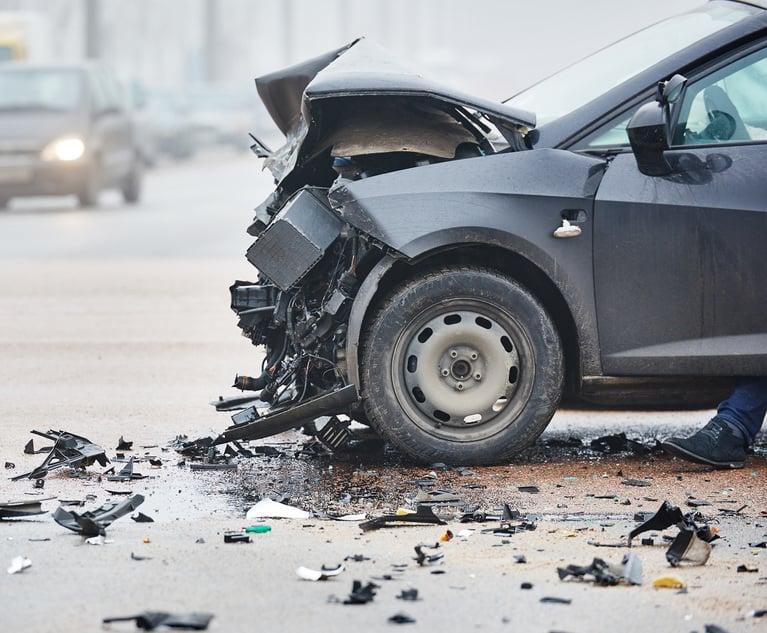The rash of wrong-way crashes on Connecticut highways has led to proposed fixes including modern technology in the form of warning lights and more noticeable signs. The General Assembly is also considering lowering the blood alcohol concentration (BAC) to prove driving while intoxicated from .08 to .05. While that may be a good idea for other reasons, it is not likely to reduce the most dangerous wrong-way crashes. Indeed, the General Assembly is ignoring what might be a very effective way of reducing drunk driving fatalities—eliminating the requirement of showing “visible intoxication” for Dram Shop Act cases.
When we read about another wrong way crash, it is no surprise that the collision was at 1 or 2 a.m. That’s not a coincidence. That’s when bars close. Indeed, a study by the National Transportation Safety Board found that nearly three-quarters of wrong-way drivers involving fatalities were under the influence of alcohol. Nearly 60% of wrong-way drivers causing a fatality had a BAC of .15 or higher. Only 10% had a BAC between .08 and .15, and only 2% had a BAC under .08. (29% tested at 0.0 BAC.) Ten percent had been convicted of drunk driving in the three years before the fatal collision. The overwhelming majority of crashes are at night.
This content has been archived. It is available through our partners, LexisNexis® and Bloomberg Law.
To view this content, please continue to their sites.
Not a Lexis Subscriber?
Subscribe Now
Not a Bloomberg Law Subscriber?
Subscribe Now
LexisNexis® and Bloomberg Law are third party online distributors of the broad collection of current and archived versions of ALM's legal news publications. LexisNexis® and Bloomberg Law customers are able to access and use ALM's content, including content from the National Law Journal, The American Lawyer, Legaltech News, The New York Law Journal, and Corporate Counsel, as well as other sources of legal information.
For questions call 1-877-256-2472 or contact us at [email protected]







